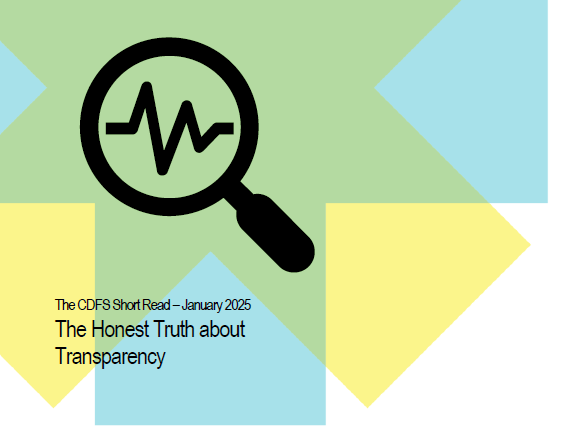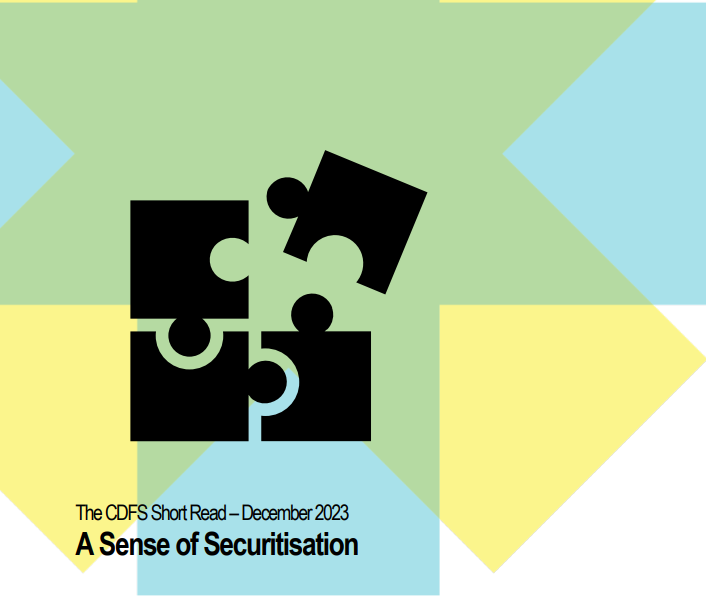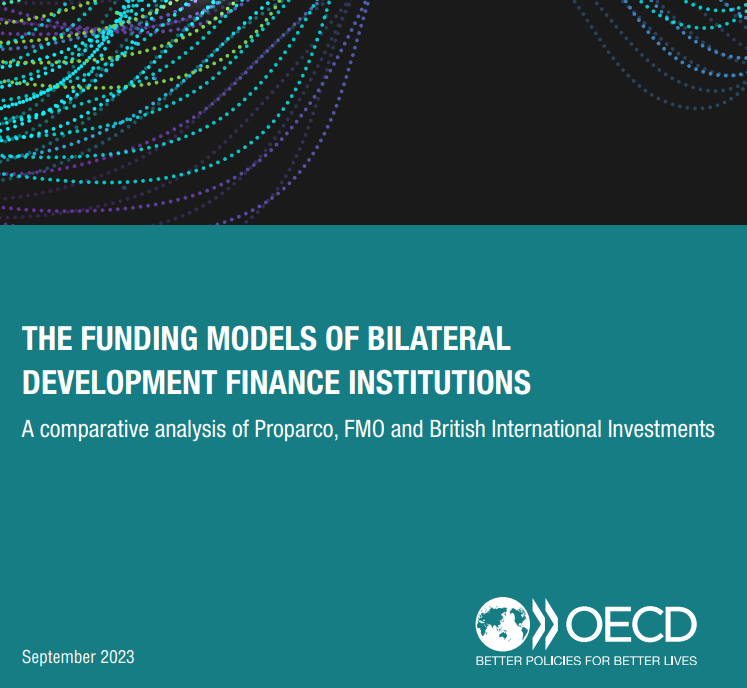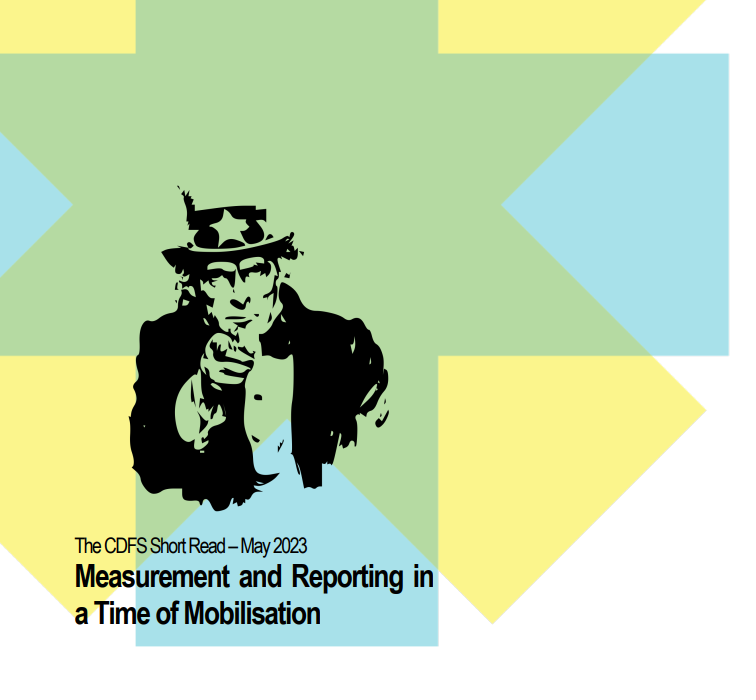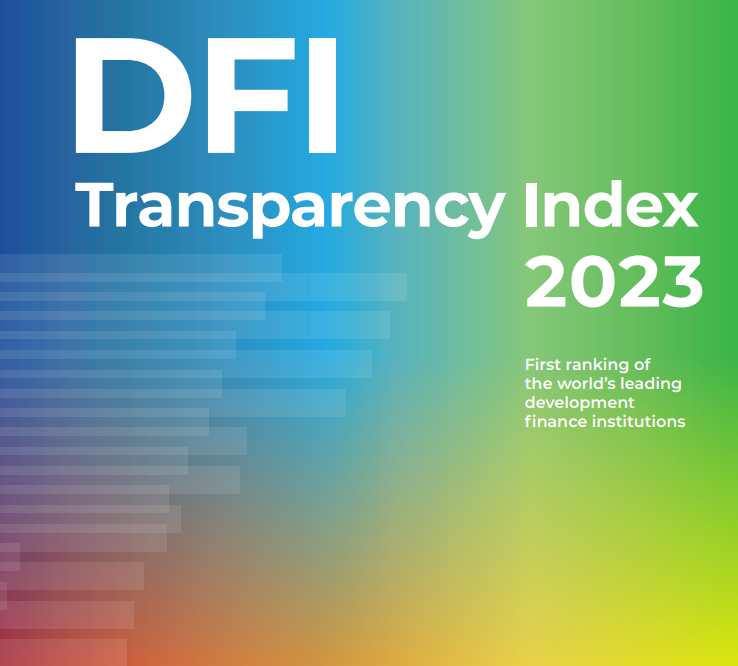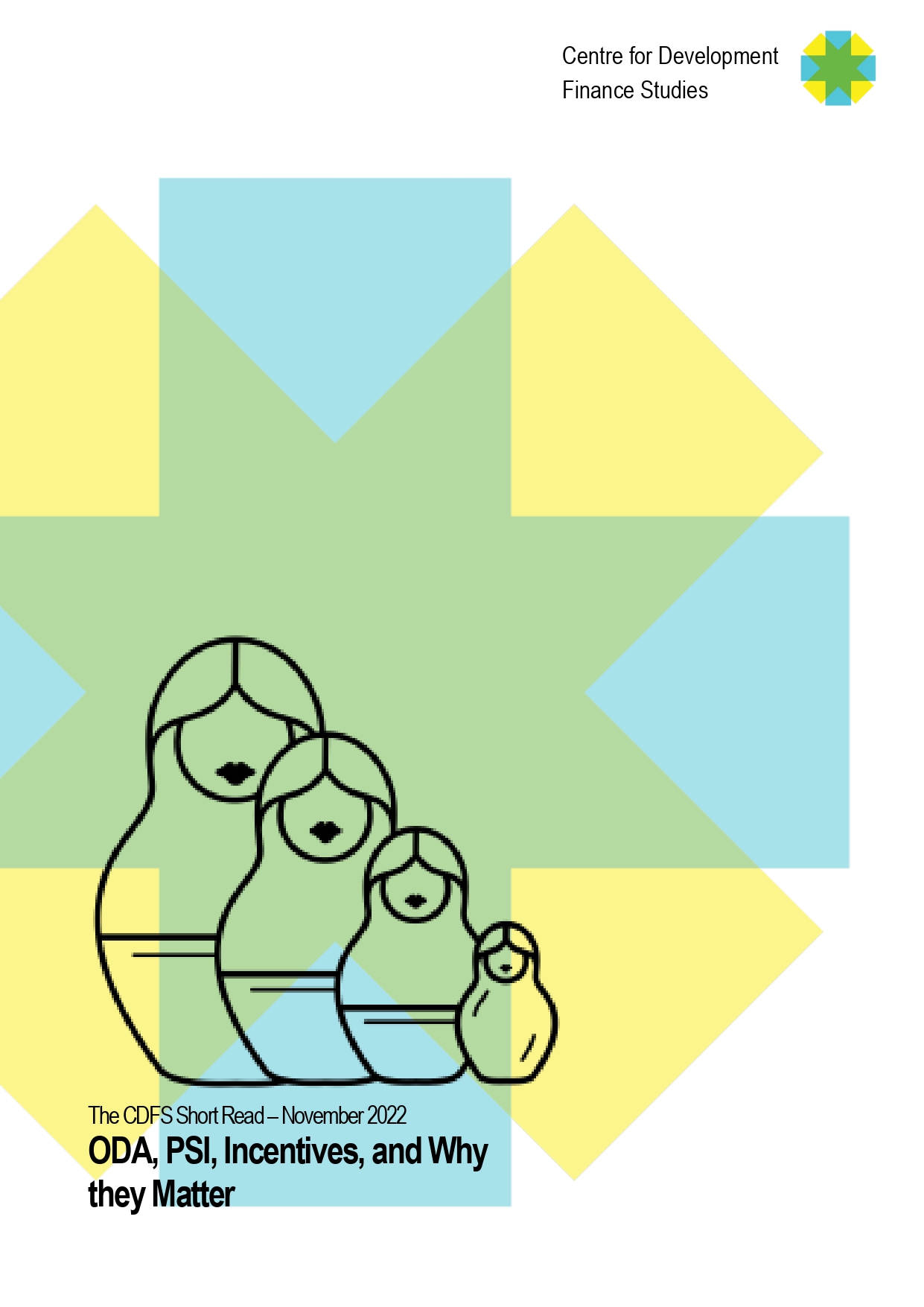Numbers have a stubborn tendency to develop a life of their own. Measurements morph into targets, targets turn into ceilings, ceilings inevitably lead to optimisation, and the dynamics of optimisation create incentives. Incentives have real life consequences. The modernisation of the DAC Statistical System and the rules it sets for ODA reporting have far reaching implications for development finance.
